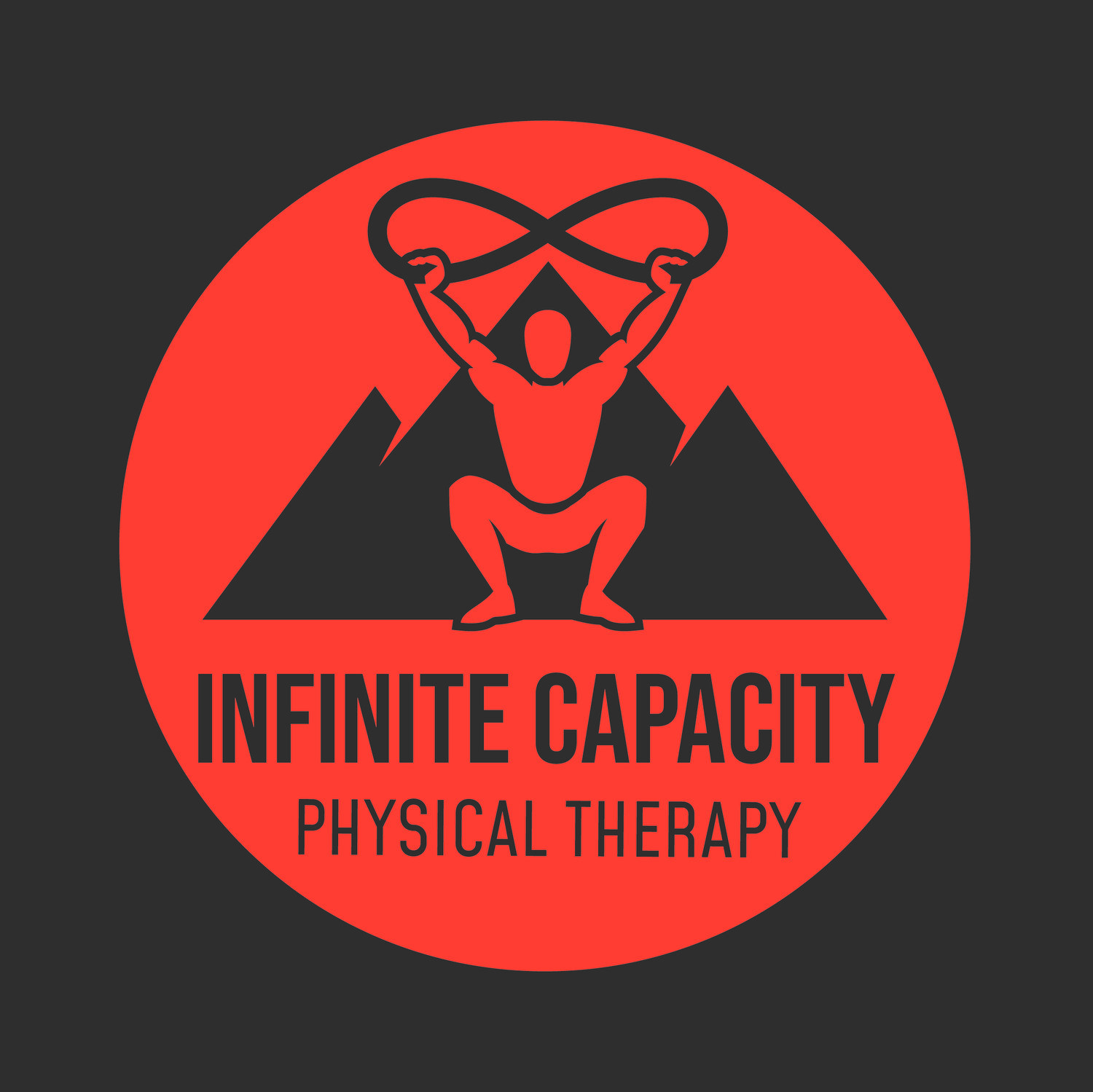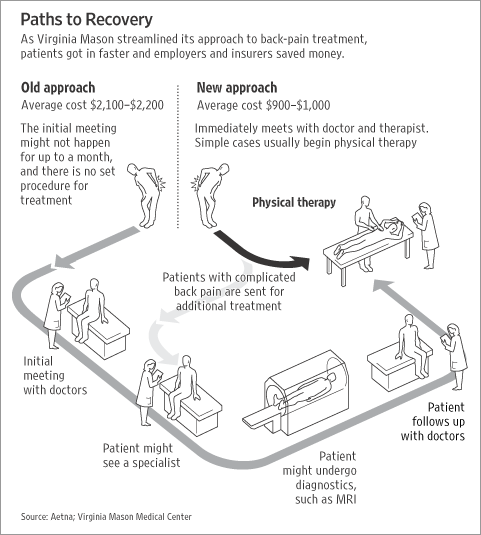An Injured Healthcare System Physical Therapy Can Treat: Part 2
The Benefits of the New System
Not only does going directly to your physical therapist save money, but it also saves time. Instead of waiting 3-5 weeks to initiate physical therapy treatment, going directly to a physical therapist can give you quicker access to treatment, preventing symptoms from getting worse, and getting you back to full function quicker than going through multiple visits with other doctors before finally getting to where you could have started. This is especially comforting when studies have even demonstrated that physical therapists’ musculoskeletal diagnostic accuracy is better than non-orthopedic providers, and similar to that of an orthopedic surgeon, regardless of whether a patient was referred by a physician or seen through Direct Access.(2)
Thanks to laws in many states (including Maine) allowing patients direct access to physical therapists, most individuals do not need a referral from their family doctor to receive physical therapy treatment. This process of initiating treatment earlier saves time and money, while decreasing use of medications, unnecessary imaging, and potentially surgery. There are many research articles finding that physical therapy treatments are just as effective, if not better, compared to surgery for certain conditions.(3,4)
And with Direct Access to physical therapy, when it is warranted, a good physical therapist will refer an individual to the appropriate healthcare provider in a timely manner if the patient is not responding favorably to conservative treatment, or there is suspicion of non-musculoskeletal cause of symptoms.(5)
But there is still room for improvement…
Check back the next two Thursdays as I cover “Insurance Driven Treatment” and “Patient Driven Treatment” in Parts 3 and 4.
References
(2) Moore, J.H., et al., Clinical Diagnostic Accuracy and Magnetic Resonance Imaging of Patients Referred by Physical Therapists, Orthopeadic Surgeons, and Nonorthopaedic Providers. Journal of Orthopaedic & Sports Physical Therapy, 2005; 35(2): 67-71.
(3) Mannion, A.F., et al., Consensus at last! Long-term results of all randomized controlled trials show that fusion is no better than non-operative care in improving pain and disability in chronic low back pain. The Spine Journal, 2016; 16: 588-590.
(4) Azam, M. and Shenoy, R., The Role of Arthroscopic Partial Meniscectomy in the Management of Degenerative Meniscus Tears: A Review of the Recent Literature. The Open Orthopaedics Journal, 2016; 10: 797-804.
(5) Boissonnault, W.G. and Ross, M.D., Physical Therapists Referring Patients to Physicians: A Review of Case Reports and Series. Journal of Orthopaedic & Sports Physical Therapy, 2012; 42(5): 446-454.


